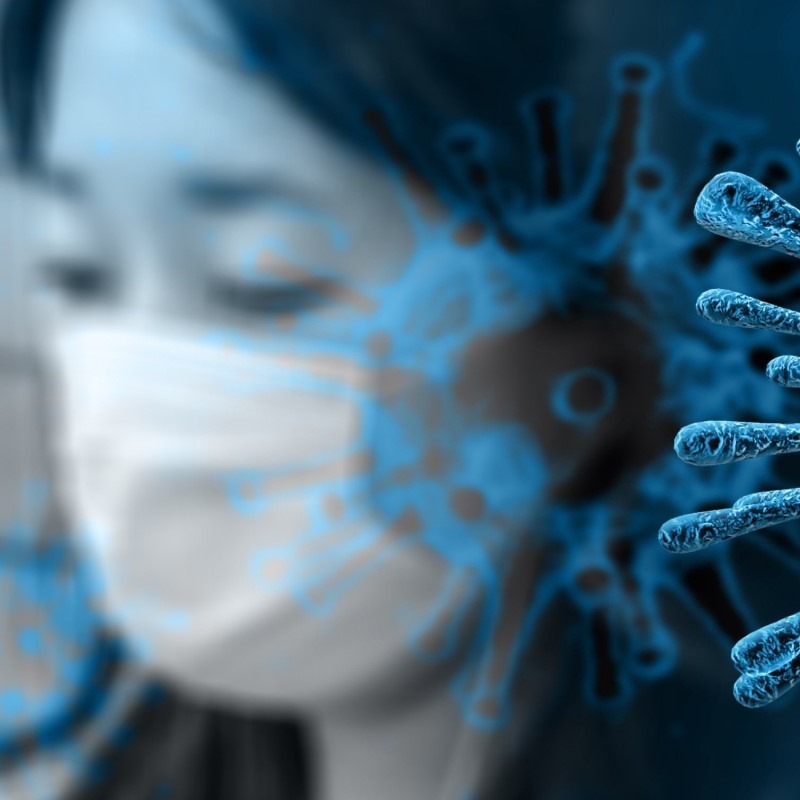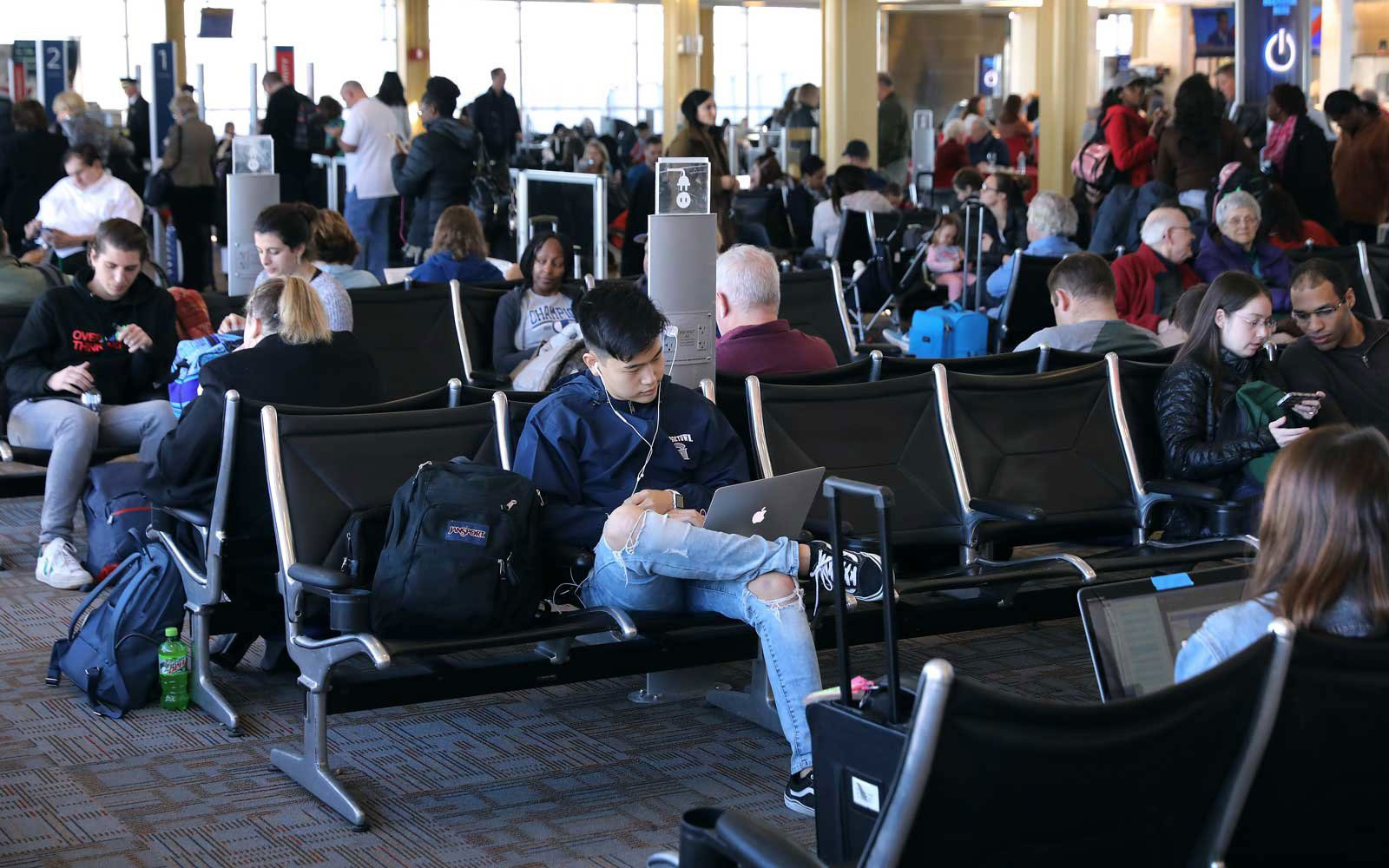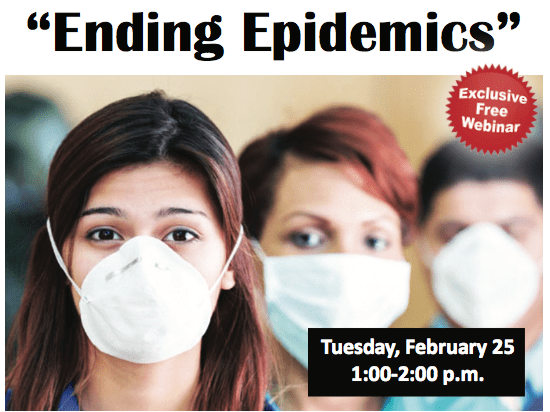If you’ve opened a newspaper or glanced at the news online in the last few weeks, you’ve heard a lot of talk about the coronavirus. With all the hype and scare-mongering in the media right now, let’s take the time to get a few facts straight.
The Facts on Coronavirus
The coronavirus originated in Wuhan, China. Wuhan is a city you probably haven’t heard of but contains 11 million residents, double the population of the Dallas-Fort Worth area.
You may recall another notorious outbreak of a coronavirus – the SARS epidemic in Asia in 2003. Coronaviruses are common in animals, including bats, but can be dangerous when transmitted to humans. They are characterized in humans by an acute respiratory illness.
And the 2019 coronavirus is showing signs of being a dangerous epidemic. The World Health Organization has declared the coronavirus a global health emergency.
Nearly 50,000 people have been infected worldwide (with the vast majority in China), with 1,115 deaths (~2%) and climbing. The US has confirmed its first case of person-to-person transmission too.
It’s not just people who had traveled to China who are now infected. Check the Center for Disease Control website for real-time updates.
So how will this illness spread, and what steps can we take to protect ourselves and others in our care?
How Does the Coronavirus Spread?
It’s much easier to spread any viral illness in dry, cold air. That’s why cold and flu season peaks in the winter.
All that dry air lets viruses live longer on surfaces, and also makes the lungs more susceptible to infections. Warmer, wetter weather introduces friction into the spread of viruses.
Since both SARS and this coronavirus are similar types of illnesses, it’s instructive to look back at the former to learn lessons about how much the coronavirus will spread, and how to prevent the epidemic from worsening.
Humid Side
Weather conditions in both outbreaks have an important difference. In 2003, the conditions were fairly humid and on the warmer side, because the SARS epidemic started in the coastal areas of Asia where the air tends to be less dry. That helped contain the spread of SARS.
Dryer Side
The difference between the SARS 2003 spread and today’s coronavirus more rapid spread is that Wuhan is inland with typically dryer conditions, while SARS occurred mostly in the moister coastal South China Sea area.
Staying Safe From Coronavirus
Staying safe from the coronavirus and other similar contagious illnesses involves some simple steps.
Hydration
We overlook the importance of hydration in winter to keep us from getting sick. Emergency room doctors report the two most common symptoms seeking care are co-infection (often bacterial along with viral) and significant dehydration.
Many people don’t realize that our immune system is enhanced by hydration and compromised by dehydration. Further, in most inland climates, winter by far has the lowest moisture air of the year.
It’s not just about drinking more water – though that’s important. Hydrating indoors means you should humidify your air as well. 40% humidity or higher is best.
50% at room temperature is comfortable too. Most of the virulent outbreaks can be traced to low moisture indoors, particularly from outbreaks.
Hydration is very important when traveling too. Commercial airlines are typically operating in flight all year round, at around 5% relative humidity levels.
This makes everyone on the aircraft more susceptible, especially with longer flights. If you fly or if it’s winter – drink water!
Hygiene
Excellent hand hygiene is always important for keeping healthy. It’s especially critical in the flu-heavy winter months.
Washing your hands frequently is one of the easiest and best ways to stop the spread of germs of all kinds, whether it’s the common cold or the coronavirus.
Fever Screening
Body temperature screening is the most effective way to help stop the spread of contagious infections, as shown in several recent pandemics.
The welloStationX was designed to recreate the greatest success in the SARS 2003 pandemic, which killed hundreds but was extinguished in a matter of months.
In 2003 when Singapore confirmed their first case of SARS, Singapore health authorities worked with the World Health Organization.
They recommended Singapore implement body temperature screening in:
- Hospitals
- Borders
- Schools
Wello® helped Dallas implement a similar fever-screening process during the Ebola scare in 2014. Then, all suspicious cases were sent to a single Singapore hospital as patients, where all non-patients like visitors and vendors were also screened. They had their temperature taken two to three times per day.
Eradicating the Epidemic
The borders and schools only referred one case to the hospital. But the hospital found numerous cases beyond their patients, in visitors and health care workers through the screening.
The temperature screening process was heralded worldwide as the fastest way to eradicate the epidemic.
However, the workers who performed the body temperature screening were at risk of getting infected themselves. Wello today fully automates that process without any need for clinicians or personnel.
The welloStationX is an FDA-cleared Class II medical device and is used in hospitals, childcare, and jails to keep contagious people away from well people.
Get a welloStationX™
Wello is self-service and hands-free. The welloStationX takes just three seconds to scan body temperature accurately.
Its accuracy surpasses thermal cameras, so the risk of letting a potentially contagious person pass is far less.
Get the welloWatch™App
Monitoring the air humidity levels in your area is another important piece of the prevention puzzle. With more data, you can be extra mindful on days when infections are more likely to spread.
The free welloWatch™ app helps you stay up to date on relevant weather conditions.
Prevention is Critical
The coronavirus isn’t as prevalent as the flu. In the USA, there are 15 million flu cases, 140,000 hospitalizations, and 8,200 deaths every year.
Coronavirus may be scary because it’s new and spreading fast, but it’s not as threatening as what’s already here and consistently wreaking havoc.
In 2003, the SARS coronavirus was cured. The cure was prevention. “Prevention is a cure,” says the most famous cancer immunologist in the world, Siddhartha Mukherjee.
Wello is prevention. Not just a cure for epidemics, but the best way to keep hospitals, childcare, jails, and even offices safe from infectious diseases of all kinds.


